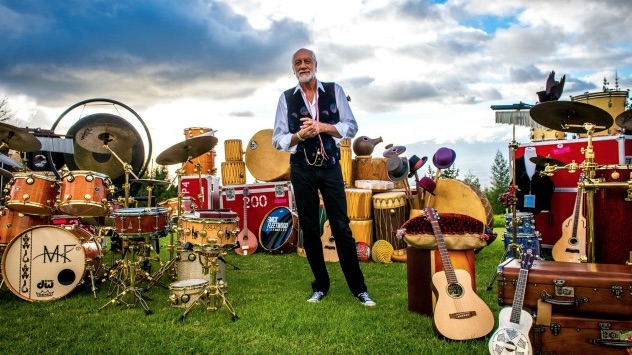Any music fan with a working knowledge of Fleetwood Mac can probably name at least five of the classic-rock titans’ hits: “Landslide,” “Rhiannon,” “The Chain,” “Dreams,” “You Make Loving Fun”—that is, the omnipresent radio fare that dominated airwaves in the late 1970s and early ‘80s, bolstered by Lindsey Buckingham’s guitar and Stevie Nicks’s and Christine McVie’s vocals. But that band was really the American sequel to Fleetwood Mac. Their origins trace back to 1967 and London’s mid-century blues explosion, with guitarist Peter Green at the helm and guitarist Jeremy Spencer, bassist Bob Brunning and percussionist Mick Fleetwood (the only member to survive every lineup change) at his side.
The newborn Fleetwood Mac played a well-crafted facsimile of Chicago blues, plus some faithful covers of its progenitors, mostly Elmore James and Howlin’ Wolf. The group’s lineup would famously turn over in the years ahead, with John McVie assuming bass duties and his then-wife, keyboardist Christine McVie, coming on board later. Once Buckingham and Nicks joined up in 1974, the California edition of Fleetwood Mac found overwhelming mainstream success with celebrated records like Rumours (1977), Tusk (1979) and Mirage (1982).
Read more here
